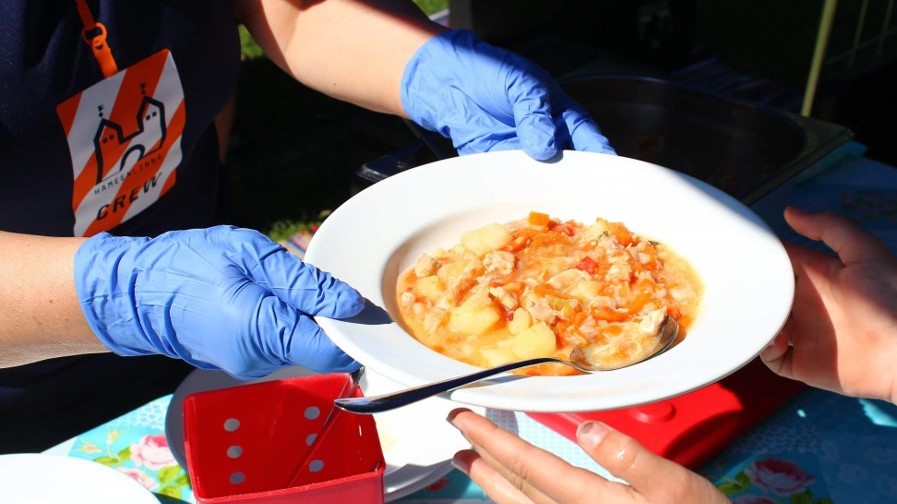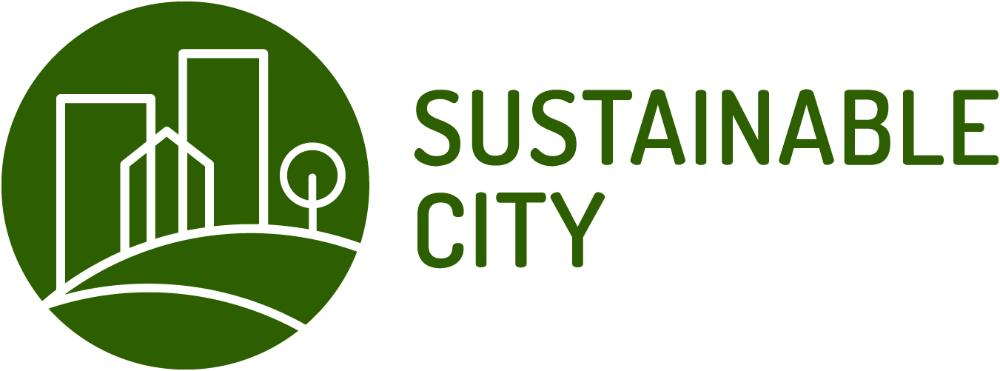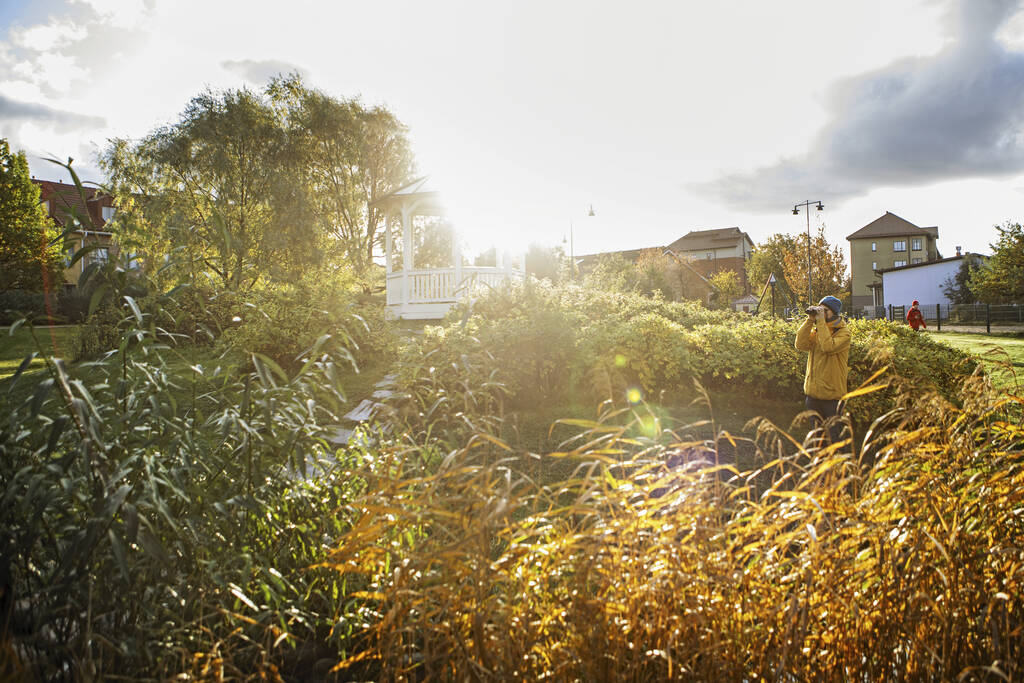Cities solve sustainability challenges related to urban green spaces, urban planning and wellbeing
Sixteen Finnish municipalities are taking part in in the work on challenge clusters under the Sustainable City Programme. The aim is to tackle the most difficult sustainability challenges that cannot be solved by individual organisations or sectors alone. The three themes selected on the basis of the needs of cities are: urban green spaces in increasingly built-up cities, urban planning that takes sustainability targets into account, and flourishing communities in socially sustainable cities. The themes are particularly challenging as they combine the different dimensions of sustainability.
Welcome to our virtual study trip to a sustainable city!
The Sustainable City programme, together with Demos Helsinki, will organise a study trip of three events on best practices for sustainable urban development. Led by interesting speakers and examples from international contexts, the events will focus on challenges faced by different kinds of urban spaces and areas. The events will be held in English.
Key indicators for sustainable urban development published – Join us in their testing and further development
How should the sustainability of cities be measured? The project carried out by the Finnish Environment Institute SYKE ‘Indicators for sustainable urban development’ was a multi-stage participatory process to draw up a proposal for key indicators for sustainable urban development. The aim is to support cities, ministries and other stakeholders in monitoring sustainable urban development. The follow-up project to be started now will test the key indicators that have been identified in municipalities interested in this work.
Good solutions put to practice – boost to scaling good practices for sustainable urban development
Municipalities and cities across Finland have developed their activities towards better environmental, social and economic sustainability. The project ‘Levers for a Sustainable City’ (VIPU) looks for solutions for faster scaling of good practices. Besides urban development, the tools created can also be used for other purposes.
Solutions for sustainable cities: examples from the Sustainable City Programme
Back Hyvät eväät
- Socially sustainable cities
- Healthy cities
- pilots for social sustainability
Hyvät eväät

The aim of the experiment was to find new ways to support regional inclusion and reduce inequalities. The experiment involved providing lunches for families with children at three park sites, for which there was an increased need due to the corona crisis.
This was combined with the family centre's implementing a model where they go to families support them. The project also provided summer jobs for ten young people.
Results
- The experiment demonstrated how employment targets can be combined with other targets.
- Young people's job search skills improved.
- The experiment taught us that families with children need to meet with family centre actors during park meals.
- Informal information channels were found to be effective means for reaching the target group.
- The food waste of companies donating food decreased.
Effects
- The lessons learned in the experiment can be utilised in the planning of services.
- The experiment may serve as the foundation for planning cross-administrative cooperation with different actors.
- The model can be duplicated, and it can also be scaled into a larger scale, using the project as an example of combining diverse objectives.
In collaboration with
- City of Hämeenlinna
- Vocational College Tavastia, Southern Häme Martat ry, Hämeenlinna City Employment Services, Hämeenlinna Region 4H, Hämeenlinna Uppis Family Centre, Hämeen Kylät ry,
Hämeen Setlementti ry, Kalvola parish and MLL Kalvolan yhdistys - Ministry of the Environment

